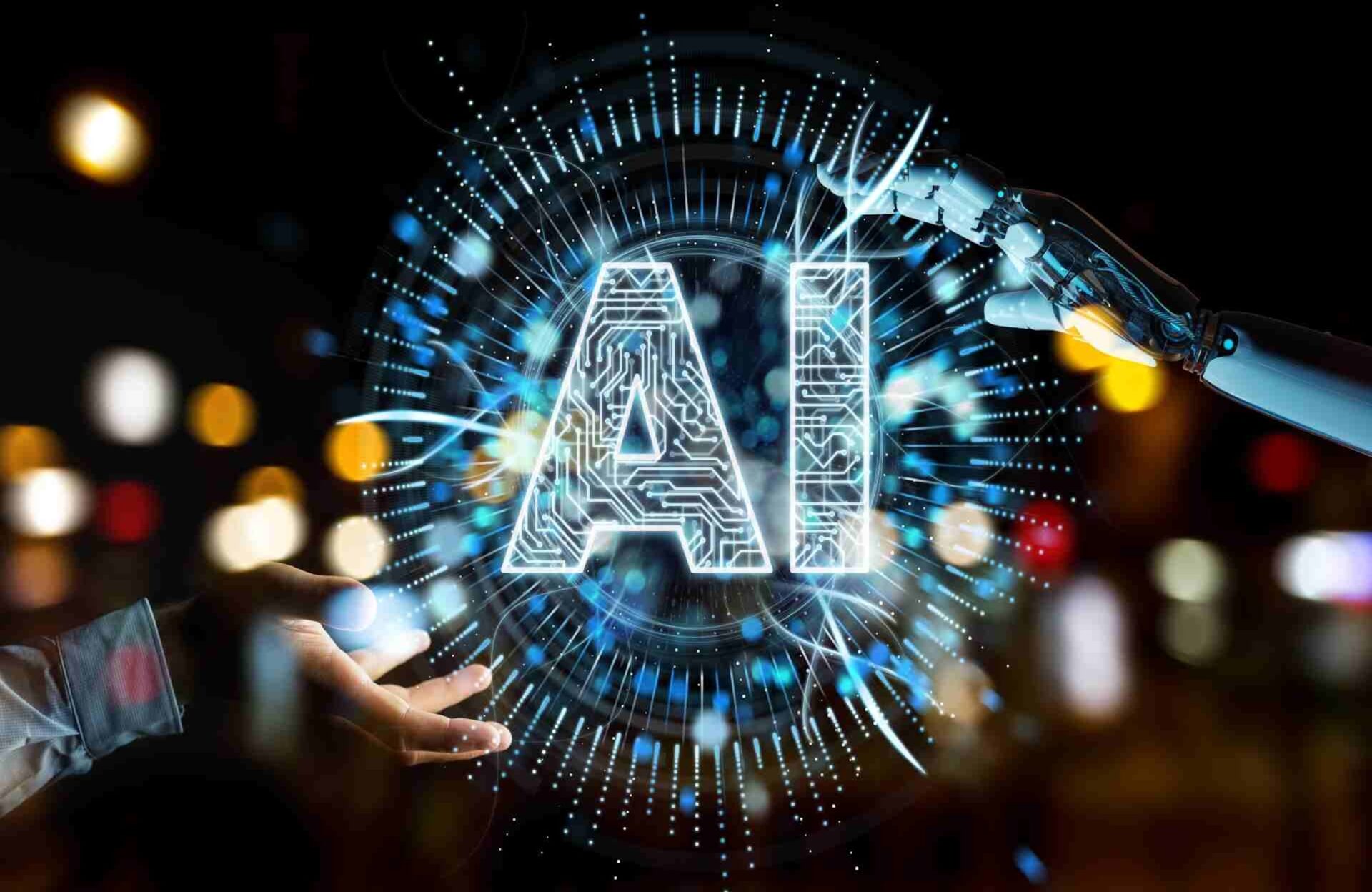A Journey through Communication, Soft Skills, and Transformation of Thought

Abstract: The advent of ChatGPT and other technologies belonging to the realm of generative Artificial Intelligence has redefined the way we interact with machines, transforming AI from an academic discipline into a popular phenomenon. This article explores how the democratization of AI, led by ChatGPT, has made this technology accessible to a diverse and non-technical audience. It describes the Large Language Models (LLM) at the core of AI and its training process, with a focus on Prompt Design & Engineering as a key to optimizing responses. Additionally, it examines the crucial role of communication in interacting with AI and how soft skills such as creativity and critical thinking become valuable assets to cultivate. By integrating these skills into AI, it can open the door to structural changes in human thinking, giving rise to new creative and innovative approaches. The reflection is enriched by the contribution of Professor Guliman, a psychologist and psychotherapist, emphasizing the importance of considering AI as a tool for functional growth and change, capable of transforming not only our interaction with technology but also our way of thinking.
Keywords: #artificialintelligence #generativeAI #ChatGPT #laturallanguagetechnology #promptdesign #softskills #aIandcommunication #digitalInnovation #futureofcwork #criticalthinking #creativityandAI #democratizationofAI #techInnovations #machinedearning #digitaltransformation #AIandsociety #appliedartificialIntelligence #promptnngineering #techprogress #AIandchange #fiorenzasuccu #lolitaguliman #ethicasocietas #ethicasocietasreview
Fiorenza Succu: aerospace engineer, master in business administration, worked for Eni, Bulgari, Mediaset Group, contributed to the essay “The magic of resilience”.
Generative Artificial Intelligence: is the use of AI to create new content, such as text, images, music, audio, and video, by leveraging baseline models (large AI models) that can perform multiple operations simultaneously and perform ready-to-use operations use as questions and answers, with minimal training the basic models can be adapted for any context.
GENERATIVE AI AND THE ROLE OF CHATGPT
Artificial Intelligence has been a topic of discussion for several years (its origins date back to 1950 as a scientific discipline), but the introduction of ChatGPT at the end of November 2022 brought about a noteworthy transformation in the way the average user engages with machines. ChatGPT, developed by Open AI, is currently the most renowned representative of the generative branch of AI. Subsequently, other notable players such as Bard and Bing Chat were introduced by Google and Microsoft in February 2023. Today numerous companies offer products capable of generating high-quality content, making AI accessible to a broader audience beyond academics and data scientists. The democratization of AI, led by ChatGPT, is based on the adoption of a colloquial and discursive interaction language. Users do not need programming skills to interact with machines, the gap is bridged solely through the questions asked.
CORE TECHNOLOGY AND USAGE OF CHATGPT
The technology underlying ChatGPT falls within the realm of the most sophisticated Natural Language Processing models, known as Large Language Models (LLM). The model’s training phase involves a supervised learning, where vast amounts of input data (texts) and corresponding desired outputs are provided. While the exact number of training data for ChatGPT is undisclosed for intellectual property and competitive reasons, it is known that the training involved a corpus of texts from diverse internet sources, including books, articles, and web pages. This training process allows the model to establish connections between different text elements, learn grammatical structures, semantic relationships, language patterns, and generate coherent responses based on context and grammatical structure, employing a predictive/probabilistic process. The model is therefore capable of producing contextually relevant and accurate responses, dependent on the quality of the data and the clarity and complexity of the question. Although no programming expertise is necessary, the ability to pose the “right” questions emerges as a crucial skill for acquiring accurate and insightful answers, facilitating effective decision-making and fostering fruitful discussions.
Due to this, Prompt Design & Engineering is gaining visibility as a crucial area that revolves around interacting with advanced AI systems. Prompt Design focuses on creating instructions for the machine to generate the desired content, involving a creative process to formulate effective prompts. Prompt Engineering aims to implement a structured and strategic approach to optimize the model’s response, achieving specific results while influencing its behaviour. Therefore, designing correct questions and training the model to provide appropriate answers are facilitated through the combination of Prompt Design and Prompt Engineering.
The general rules of communication apply, therefore, even in the field of AI; engaging in dialogue, albeit with a machine, relies on the ability to ask thoughtful questions and “listen” to the responses in order to verify the correctness of the output.
COMMUNICATION, SOFT SKILLS, AND STRUCTURAL CHANGE
Given the centrality of communication in the human-machine relationship and its multifaceted nature, we dig into this theme by introducing the perspective of Professor Guliman, a psychologist and psychotherapist. The professor’s reflection begins with a fundamental consideration: the communicative exchange between humans and machines provokes a systematic change. This occurs because AI is based on a form of deep learning that encompasses both robotics and its more recognized form, generative AI.
The definition of “intelligence” is not fitting to the concept it represents, as it implies the use of consciousness, and AI, lacking the ability to produce it, does not reach what truly distinguishes naturally gifted minds from those constructed based on data frequency, namely the ability to choose between different concepts.
Intelligent are undoubtedly the authors of the automation that assembles incoming information, the users who, starting from this information, use the machine to obtain effective summaries and useful insights, and the framers, creators of languages aimed at obtaining a different worldview (Lakoff G.), who likely realize that the latter acts on the brain circuits of pre-existing synapses (already consolidated) concerning what is recognized as common sense.
It can be said that AI truly makes sense when paired with a diverse suite of soft skills, such as complex problem-solving, creativity, critical thinking, innovation, operational initiative, etc. It is an extraordinary tool that can be enhanced through design thinking sessions, or better yet, guided thinking. Technology increases the speed and diversity of questions useful for triggering a change that pushes individuals with linear thinking to become more reflective and innovative. The process is therefore embedded in questions, which inherently involve a preventive reflection generating an output capable of steering the next question. Active thought modelling is not necessarily positive, but it certainly broadens the perspective through which the internal structure could be modified. This transformative penetration occurs at an extraordinary speed, filling the spaces not exhausted by dichotomous questions proposed by the subject. Human judgment still decides the quality of the paths; AI creates new connections by blending latent variables and stimulating internal expressions rather than cloning external thought patterns. By altering the thought structure, the operational mode of individuals is also changed, increasing the speed of their proposals. However, this can only be achieved if there is trust in technology, without fear of making mistakes and getting lost in the unknown.
The most evolved form of getting lost is creativity; creative questions take the subject to a new territory, producing uncertainties and triggering a journey capable of projecting into the future. Basic AI is retrogressive: only by combining it with human knowledge can we transform the unknown into the known, bringing about structural changes capable of turning automatisms into processes of inspiration and innovation. In this sense, “prompts,” in their most varied forms of expression, serve as a guide for the model, and the precision of the response has to be attributed to the precision of the question.
However, if the response does not meet the subject’s expectations, the result is not necessarily negative; in fact, this is the way to enter an unknown area where nuances can be grasped, leading to expanding the mind and even changing its neuronal structure. In summary, if motivated, curious, courageous, organized, and proactive, we can use artificial intelligence as a powerful tool for growth and functional change.
CONCLUSION
By bringing together the initial observations and the valuable perspective of Professor Guliman, it emerges clearly the importance of using AI leveraging critical thinking, that can be exercised and expanded precisely by focusing on the art of constructing questions. These questions should be clear, well-formulated, appropriate to the context and scenario, and the underlying objectives, namely the results of our work.
Doing so, we could truly improve ourselves and our critical abilities, thus effectively guiding machines without losing control. The outcome of this exercise could lead towards an integrated human-machine dialogue, conducted at the intersection of their respective operational

OTHER CONTRIBUTIONS ON AI (italian)
LA BLOCKCHAIN COME NUOVA FRONTIERA DELLA SOSTENIBILITÀ TRA TRANSIZIONE ECOLOGICA E ZES
L’UNICA DOMANDA DA PORSI SULL”INTELLIGENZA ARTIFICIALE”
L’INTERCONNESSIONE DELLA CYBERSICUREZZA NELLA SOCIETÀ GLOBALE
VITALITÀ TECNICA E PENSIERO FREDDO
LAST CONTIBUTIONS (english)
Copyright Ethica Societas, Human&Social Science Review © 2024 by Ethica Societas UPLI onlus.
ISSN 2785-602X. Licensed under CC BY-NC 4.0


